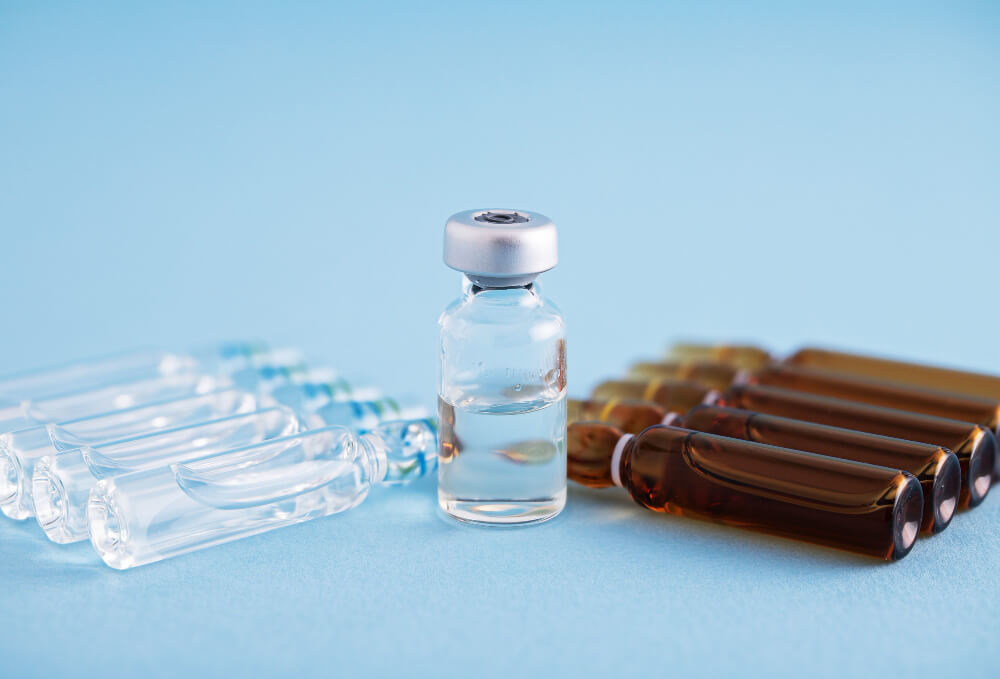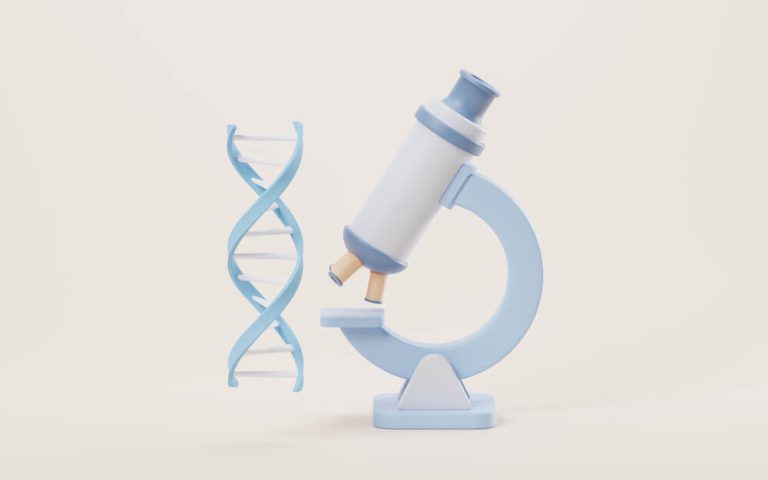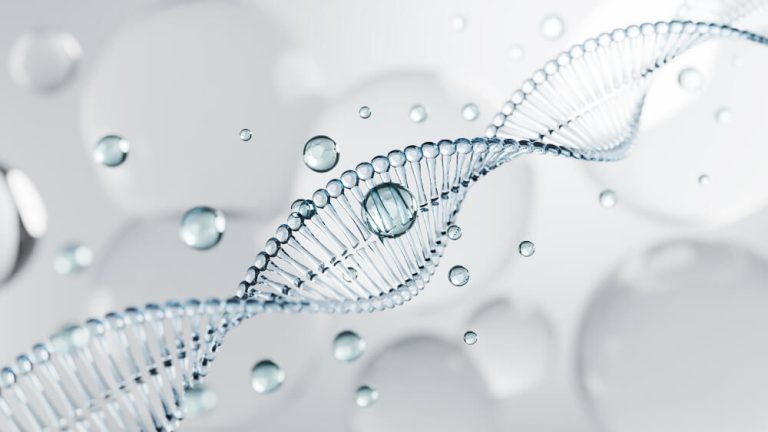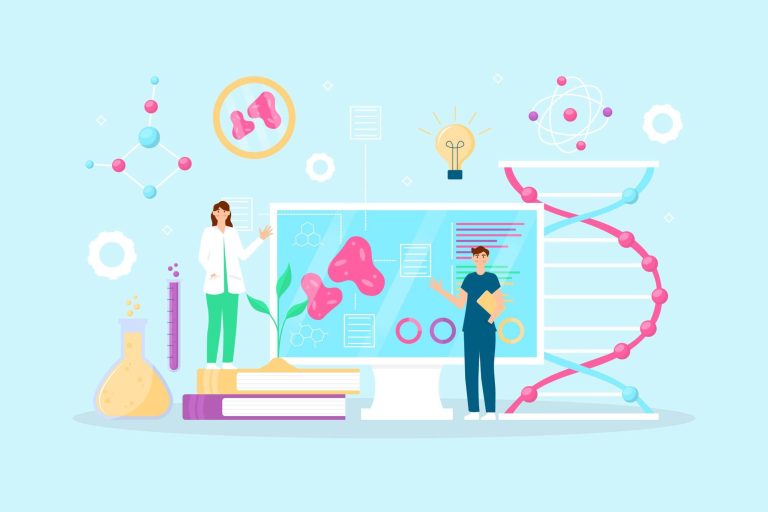Andropause Training: Reclaiming Your Strength and Vitality After 40
For many men, hitting their 40s and 50s brings a subtle yet undeniable shift. The energy that once seemed boundless starts to wane, replaced by a persistent fatigue. Building or even maintaining muscle becomes a challenge, the number on the scale creeps up, and moods can feel less stable than before. This collection of symptoms is often brushed aside as just ‘getting older’, but it may point to a specific physiological process known as andropause.
Often called ‘male menopause’, andropause refers to the age-related decline in testosterone and other hormones in men. Unlike female menopause, which is a more rapid and distinct event, andropause is a gradual process that can unfold over decades. The good news is that you are not powerless against these changes. A targeted, strategic approach can help you manage symptoms, reclaim your energy, and build a stronger, more resilient body for years to come.
This comprehensive strategy, a combination of specific exercise protocols, nutrition, and lifestyle adjustments, is the essence of what we call Andropause training. It is a proactive plan designed to work with your body’s changing hormonal landscape, not against it. By understanding how to train, eat, and live to support your endocrine system, you can significantly mitigate the effects of declining testosterone and continue to thrive.
What Exactly Is Andropause?
To effectively combat andropause, it is first essential to understand what it is and what it is not. It is not a disease, but rather a natural phase of aging. The primary driver behind the symptoms is a slow but steady decrease in the production of testosterone, the main male sex hormone. This decline typically begins around the age of 30, with levels dropping by approximately one percent each year.
While a one percent drop may not sound like much, over ten or twenty years, the cumulative effect can be significant. This leads to a collection of symptoms that can impact your quality of life. These often include reduced sex drive, erectile dysfunction, loss of muscle mass, increased body fat especially around the abdomen, fatigue, sleep disturbances, mood swings, and even ‘brain fog’ or difficulty concentrating.
It is important to recognize that these symptoms can also be caused by other health conditions, such as thyroid problems, depression, or sleep apnea. Therefore, attributing every change solely to andropause without proper medical evaluation can be misleading. A conversation with a healthcare provider is a crucial first step in understanding what is happening within your body.
Why Is Testosterone So Important for Men?
Testosterone’s reputation is often unfairly limited to its role in libido and sexual function. In reality, its influence extends to nearly every system in the male body. It is a key player in maintaining physical strength, mental clarity, and overall well-being. Understanding its broad functions helps clarify why its decline can have such a wide-ranging impact.
Physically, testosterone is critical for building and maintaining muscle mass, a process known as protein synthesis. It also plays a vital role in bone density, helping to prevent osteoporosis, a condition more commonly associated with women but still a risk for men. Furthermore, testosterone stimulates the production of red blood cells, which are responsible for carrying oxygen throughout your body, directly impacting your energy levels and stamina.
Mentally and emotionally, healthy testosterone levels are linked to a positive mood, motivation, and competitive drive. It contributes to cognitive functions like memory and spatial awareness. When levels decline, it can contribute to feelings of irritability, apathy, or even depression. By supporting healthy testosterone levels through targeted training and lifestyle, you are investing in your physical power, your mental sharpness, and your emotional equilibrium.
How Does Strength Training Combat Andropause?
If there is a single most powerful tool in your andropause management arsenal, it is resistance training. Lifting heavy things sends a powerful signal to your body to adapt and grow stronger, and one of the key adaptations is an increase in anabolic hormones, including testosterone. This is not about becoming a bodybuilder, but about using progressive resistance to stimulate a positive hormonal response.
The focus should be on large, compound movements. These are exercises that recruit multiple muscle groups and joints simultaneously. Think squats, deadlifts, bench presses, overhead presses, and rows. These big lifts create a much greater metabolic and hormonal demand on the body compared to smaller, isolation exercises like bicep curls.
Your goal should be progressive overload, which simply means gradually increasing the demand on your muscles over time. This could mean lifting slightly more weight, doing one more repetition, or adding another set. This constant challenge is what forces your body to produce more testosterone to handle the stress and repair the muscle tissue, making it bigger and stronger. This process directly counteracts sarcopenia, the age-related loss of muscle mass, and helps boost your resting metabolism.
Is High-Intensity Interval Training (HIIT) Beneficial?
While strength training forms the foundation, high-intensity interval training, or HIIT, is an incredibly effective supplement. HIIT involves short, all-out bursts of exercise followed by brief periods of rest or low-intensity recovery. This type of training is highly efficient, allowing you to get a potent workout in a fraction of the time of traditional cardio.
From a hormonal perspective, HIIT has been shown to be particularly effective at boosting testosterone levels and improving insulin sensitivity. The intense nature of the work periods creates a significant metabolic stress that, much like heavy lifting, signals the body to release a cascade of beneficial hormones. This can be especially helpful for shedding the stubborn belly fat that often accompanies andropause.
Examples of HIIT workouts can be simple. You could perform sprints on a stationary bike, treadmill, or outdoors. A typical protocol might be 30 seconds of maximum effort followed by 60 to 90 seconds of easy recovery, repeated 8 to 10 times. Other effective HIIT exercises include kettlebell swings, burpees, or battle rope slams. The key is to push yourself to a near-maximal effort during the work intervals.
What About Cardiovascular Exercise?
With the emphasis on strength and intensity, where does traditional cardiovascular exercise fit in? Steady-state cardio, such as jogging, swimming, or cycling at a moderate pace, remains an important component of a well-rounded andropause training plan. Its primary benefits lie in improving heart health, increasing endurance, and managing stress.
One of the most significant benefits of moderate cardio is its ability to help control cortisol levels. Cortisol is the body’s primary stress hormone, and it has an antagonistic relationship with testosterone. When cortisol is chronically elevated due to stress, it can suppress testosterone production. Engaging in a relaxing 30-minute jog or a long walk in nature can be a powerful way to lower cortisol and create a more favorable hormonal environment.
Think of cardio as a supportive practice. It ensures your cardiovascular system is robust enough to handle intense strength and HIIT sessions. It aids in recovery by increasing blood flow to tired muscles and helps maintain a healthy body weight. While it may not be the primary driver of testosterone production, its role in overall health and stress management makes it an indispensable part of your routine.
Why Is Rest and Recovery Non-Negotiable?
In our culture of ‘more is better’, it is easy to think that training harder and longer every day is the fastest path to results. When it comes to managing andropause, this could not be further from the truth. Rest and recovery are not passive activities; they are when the real magic happens. It is during periods of rest that your body repairs damaged muscle fibers and your hormonal system resets and optimizes.
Sleep is the undisputed king of recovery. The majority of your daily testosterone release occurs during sleep, particularly during the deep, restorative stages. Consistently getting less than seven hours of quality sleep per night can have a devastating effect on your testosterone levels, potentially reducing them to those of a man ten years your senior. Prioritizing 7 to 9 hours of quality sleep is one of the most impactful things you can do.
Beyond sleep, active recovery is also beneficial. This involves low-intensity activities on your ‘off’ days, such as walking, stretching, or foam rolling. These activities promote blood flow, reduce muscle soreness, and help you stay mobile without adding significant stress to your system. Listening to your body and taking planned rest days is a sign of smart training, not weakness.
Can Diet Make a Difference in Managing Andropause?
Your efforts in the gym can be either amplified or nullified by what you do in the kitchen. Nutrition plays a pivotal role in hormone production and overall health. A diet designed to support testosterone should be rich in whole, unprocessed foods and contain a balance of macronutrients and specific micronutrients.
Healthy fats are the building blocks of steroid hormones, including testosterone. Ensure your diet includes plenty of monounsaturated and saturated fats from sources like avocados, olive oil, nuts, eggs, and quality meats. Adequate protein intake is also crucial for repairing the muscle tissue you break down during training. Aim for sources like lean meats, fish, poultry, and legumes.
Certain micronutrients are particularly important. Zinc, found in oysters, red meat, and pumpkin seeds, is essential for testosterone synthesis. Vitamin D, which is actually a prohormone, is also strongly correlated with healthy testosterone levels. You can get it from sun exposure and fortified foods or supplements. Conversely, you should limit your intake of sugar, refined carbohydrates, and excessive alcohol, all of which can negatively impact hormone levels and promote fat storage.
How Does Stress Impact Testosterone Levels?
Chronic stress is a modern epidemic and a silent killer of testosterone. When you are constantly stressed, your body pumps out cortisol. As mentioned earlier, cortisol and testosterone exist in a seesaw-like relationship. When one is high, the other tends to be low. A life filled with constant deadlines, financial worries, and relational stress creates a hormonal environment that is hostile to healthy testosterone levels.
Managing stress is not a luxury; it is a critical component of andropause training. This involves actively incorporating practices into your life that calm your nervous system. This could be a daily 10-minute meditation practice, deep breathing exercises, or spending time in nature. Hobbies and activities that you genuinely enjoy and that allow you to disconnect from daily pressures are also incredibly valuable.
Exercise itself is a form of stress, but it is an acute, beneficial stress that your body adapts to. The problem arises when the stress from your workouts is layered on top of chronic psychological stress without adequate recovery. Learning to manage your life’s stressors will allow your body to better respond to your training and will directly support a healthier hormonal profile.
When Should You See a Doctor About Low Testosterone?
While lifestyle interventions are powerful, they are part of a larger picture. If you are experiencing persistent symptoms, a self-diagnosis is not enough. The first and most important step is to consult with a healthcare professional. A doctor can run a simple blood test, ideally in the morning when testosterone levels are at their peak, to get an accurate reading.
This medical evaluation is crucial to rule out other potential causes for your symptoms and to confirm if you indeed have clinically Low testosterone, a condition that requires a proper medical diagnosis. The discussion in the medical world about whether to formally label the condition, and the debate over low testosterone andropause: real or not, underscores the complexity of the issue and why professional guidance is so vital. Your doctor can help you interpret your lab results in the context of your specific symptoms and overall health.
What Are the Medical Treatments for Low Testosterone?
If you are diagnosed with clinically low testosterone, your doctor may discuss various medical interventions. The most well-known of these is Testosterone Replacement Therapy, or TRT. This involves supplementing your body’s natural production with external testosterone, which can be administered via injections, gels, patches, or pellets. TRT can be life-changing for men with a genuine deficiency, restoring energy, libido, and muscle mass.
However, TRT is a serious medical commitment with potential side effects that require careful monitoring by a knowledgeable physician. For instance, it is essential to know how to manage TRT side effects such as elevated red blood cell count or changes in estrogen levels. The complexity of hormonal health is why it is critical to work with a practitioner who is deeply educated on the subject. A doctor who has completed an advanced course in clinical endocrinology for GPs will have the specialized knowledge to navigate these treatments safely and effectively.
In some cases, other therapies may be considered. For certain men, physicians may explore the use of HCG and Clomiphene in men to stimulate the body’s own testosterone production, rather than replacing it directly. These nuanced approaches highlight the importance of a personalized medical strategy.
What Does a Weekly Andropause Training Plan Look Like?
Putting all these principles into practice can seem daunting, but a structured week can make it manageable. Remember, this is a template, not a rigid prescription. You should adjust it based on your fitness level, schedule, and how your body responds. The key is consistency and a focus on the core principles.
Here is a sample weekly layout:
- Monday: Full Body Strength Training A (Focus on squats, bench press, and rows).
- Tuesday: HIIT & Core (20 minutes of intervals, followed by 10 minutes of core work).
- Wednesday: Active Recovery (30-45 minute walk, stretching, or foam rolling).
- Thursday: Full Body Strength Training B (Focus on deadlifts, overhead press, and pull-ups or lat pulldowns).
- Friday: Moderate Cardio (30-45 minutes of jogging, cycling, or swimming).
- Saturday: Active Recovery or Recreation (Play a sport, go for a hike).
- Sunday: Full Rest.
This schedule balances intense work with ample recovery, hitting all the key components of effective andropause training. For more exercise ideas, a visual low T workout slideshow can offer great inspiration to keep your routines fresh. This holistic approach is consistent with expert recommendations for exercise for men at every age, emphasizing strength, cardiovascular health, and mobility as cornerstones of lifelong fitness.
Navigating andropause is about taking control. It is a conscious decision to fight back against the passive slide into ‘old age’. By embracing a strategic approach that combines intelligent training, supportive nutrition, stress management, and adequate rest, you can rewrite the script for your middle years and beyond. You have the power to build a body that is not just surviving, but thriving.
Frequently Asked Questions

How can I tell if my symptoms are caused by low testosterone or just the effects of normal aging?
Distinguishing between hormonal imbalance and normal aging can be challenging, as many symptoms overlap. While a gradual decrease in energy or muscle mass can be a natural part of getting older, a significant cluster of symptoms like persistent fatigue, low libido, brain fog, and mood swings often indicates an underlying hormonal issue. The key is the severity and combination of these symptoms; if they are negatively impacting your quality of life, a professional evaluation is warranted.
The definitive way to differentiate is through a comprehensive consultation that includes targeted blood work. A healthcare provider will analyze your specific hormone levels against established ranges while also considering your personal symptom profile. This clinical assessment is crucial because it contextualizes the objective lab data with your subjective experience, allowing a doctor to separate the subtle changes of aging from a diagnosable condition like hypogonadism.

What happens if my hormone tests come back in the "normal" range but I still feel unwell?
Receiving "normal" lab results while still experiencing symptoms is a common and often frustrating situation. It’s important to understand that standard laboratory reference ranges are very broad and may not represent the optimal level for your specific body and well-being. A knowledgeable clinician will not just look at whether you fall within this wide range but will also consider your symptoms and aim for a level where you feel your best.
If your results are technically normal, a thorough provider will investigate further rather than dismissing your concerns. This could involve exploring other potential causes for your symptoms, such as thyroid dysfunction, vitamin deficiencies, or sleep apnea. They may also order more advanced hormone panels to assess factors like free testosterone, SHBG, and estradiol, which provide a more detailed picture than a simple total testosterone test.

Besides blood work, what other information should I be prepared to discuss during my consultation?
A productive hormone consultation goes far beyond just reviewing lab results, so you should be prepared to discuss your holistic health profile. Be ready to detail your complete medical history, including any chronic illnesses, past surgeries, and a list of all prescription medications and over-the-counter supplements you take. These elements can directly influence your hormone levels and the symptoms you are experiencing.
Furthermore, your lifestyle provides critical context for an accurate diagnosis and effective treatment plan. A provider will ask in-depth questions about your diet, exercise habits, sleep quality and duration, daily stress levels, and consumption of alcohol or recreational drugs. Being open and honest about these lifestyle factors is essential for the doctor to understand the full picture and make the most appropriate recommendations.
Discover the most comprehensive functional medicine training, longevity training, and biohacking certification programs designed specifically for healthcare professionals, medics, and clinic owners who want to master regenerative medicine protocols and anti-aging therapies. Take control with Talking Longevity.







